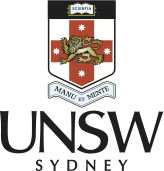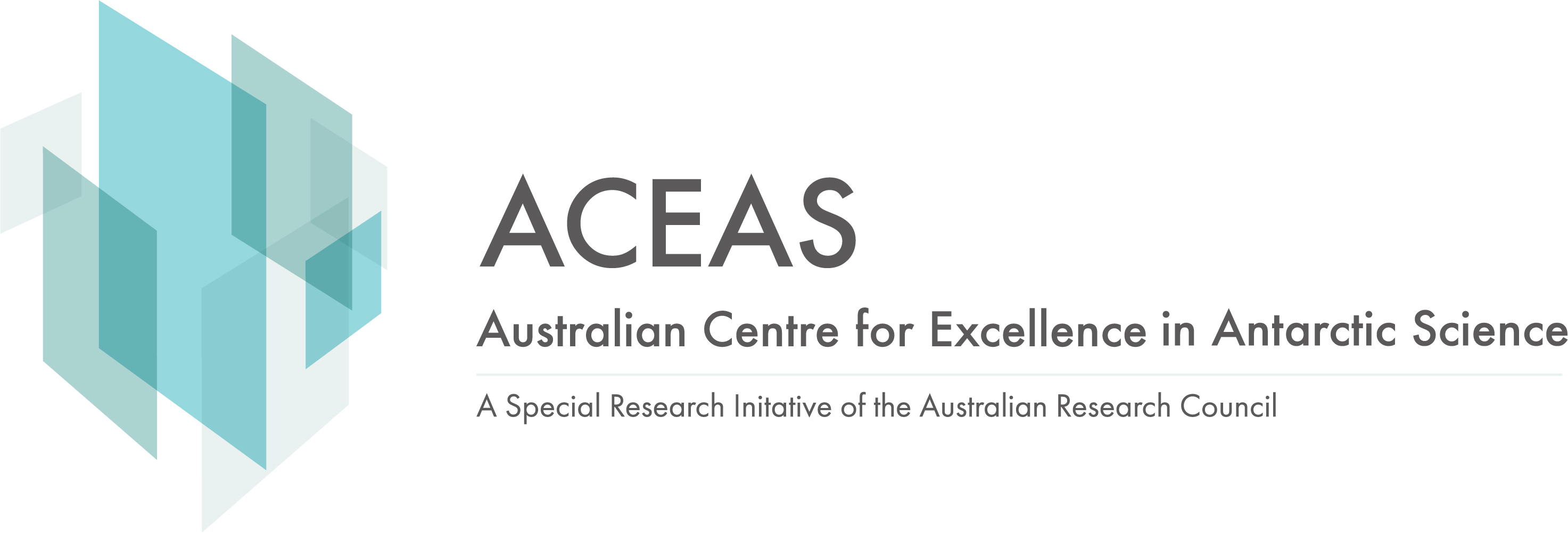My area of research is physical oceanography and to date I have been working on ocean mixing. Ocean mixing is a key part of the climate system as it influences the rate and amount of heat and carbon that are taken in by the ocean. Once such tracers have made it into the ocean, their transport is then strongly influenced by (you guessed it) ocean mixing!
Broadly speaking ocean mixing can be categorised into lateral (isopyncal) and vertical (across isopycnals) mixing. During my honours year I worked on methods to estimate lateral mixing from simulated tracer release experiments, and how accurate such estimates are when only using a single tracer release. My PhD is investigating how non-linear mixing processes affect marginally stable temperature inverted profiles in the high latitude oceans.
PhD project
The title of my PhD are the Non-linear controls on ocean circulation and mixing in the marginal ice zone. The non-linear equation of state for the density of seawater leads to interesting phenomena, such as a gain in density when two water masses of equal density, but differing temperature and salinity, are mixed. Though these non-linear processes are not leading order, the may be placing controls on water mass transformation in the Southern Ocean.
 I am based at the school of mathematics and statistics under the supervision of Associate Professor Jan Zika, University of New South Wales Sydney, Australia.
I am based at the school of mathematics and statistics under the supervision of Associate Professor Jan Zika, University of New South Wales Sydney, Australia.
 I am also part of the the Antarctic Centre for Excellence in Antarctic Science.
I am also part of the the Antarctic Centre for Excellence in Antarctic Science.
Does cabbeling shape the thermohaline structure of the high-latitude oceans?
In the first project of my PhD, we are investigating whether a non-linear process called cabbeling is influencing the thermohaline structure of temperature inverted profiles in the global ocean. The Antarctic winter causes the surface water to approach its freezing point. If brine rejection occurs due to sea ice formation, then the density of the winter surface water increases. Once the salinity of the surface water reaches a critical value, relatively warm and salty deep water that is upwelled to the surface can mix with this winter surface water resulting in a more dense water mass forming (as a result of cabbeling) that can trigger a gravitational instability and convective mixing. We are developing a criteria to diagnose when a water column will be unstable to cabbeling, but still statically stable, using model output and in-situ observations.
The cabbeling instability in Direct Numerical Simulations
In my second project we are using Direct Numerical Simulations to explore the mixing that cabbeling can trigger in marginally stable, temperature inverted profiles.
Isopycnal mixing
Isopycnal mixing in the Southern Ocean is important for the global climate as it influences the uptake and transport of heat and carbon. We explored estimating isopycnal mixing based on the spreading of passive tracer release experiments and how reliable an estimate can be made based on the spreading of a single tracer release experiment as is usually the case for observational campaigns.
Water quality modelling and prediction
As a research assistant I worked with Associate Lecturer Simon Llyod on processing and analysing data that was used to develop the RiverWatch model. This model is a predictive water quality model used to predict the amount of pollution, and consequently whether water is safe to swim in.
Publications
- Bisits, Josef I., Stanley, Geoffrey J., Zika, Jan D. 2023: Can we accurately estimate a lateral diffusivity from a single tracer release?, Journal of Physical Oceanography, 53(2), 647-659, DOI: 10.1175/JPO-D-22-0145.1.
- Lloyd, Simon D., Bisits, Josef I., Roser, David J., Khan, Stuart J., 2023: Assessing the impact of stormwater contamination events in urban estuaries proposed for bathing, (in prep).
Conferences, seminars and workshops
-
Bisits, Josef I., Can we accurately estimate a lateral diffusivity from a single tracer release? 28TH GENERAL ASSEMBLY OF THE INTERNATIONAL UNION OF GEODESY AND GEOPHYSICS Berlin, 11-20 JULY 2023 (Oral presentation)
-
Physics of the Ocean summer school, presented poster: Does cabbeling shape the thermohaline structure of the high latitude oceans? Bad Honnef, July 2023.
-
Bisits, Josef I., Can we accurately estimate a lateral diffusivity from a single tracer release? Novmeber 28th 2022. 29th Australian Meteorological and Oceanographic society annual conference Adelaide, 27th November - 1st December 2022. (Oral presentation)
-
A Strange Love: How I Learned to Stop Worrying and Love Mathematics panel discussion as part of the Student Symposium in Combinatorics 2022.
Teaching
- Mathematics 1A (MATH1131) classroom tutor (University of New South Wales)
- Numerical methods and statistics (MATH2089) classroom tutor (University of New South Wales)
- University of New South Wales mathematics drop in centre
Software

